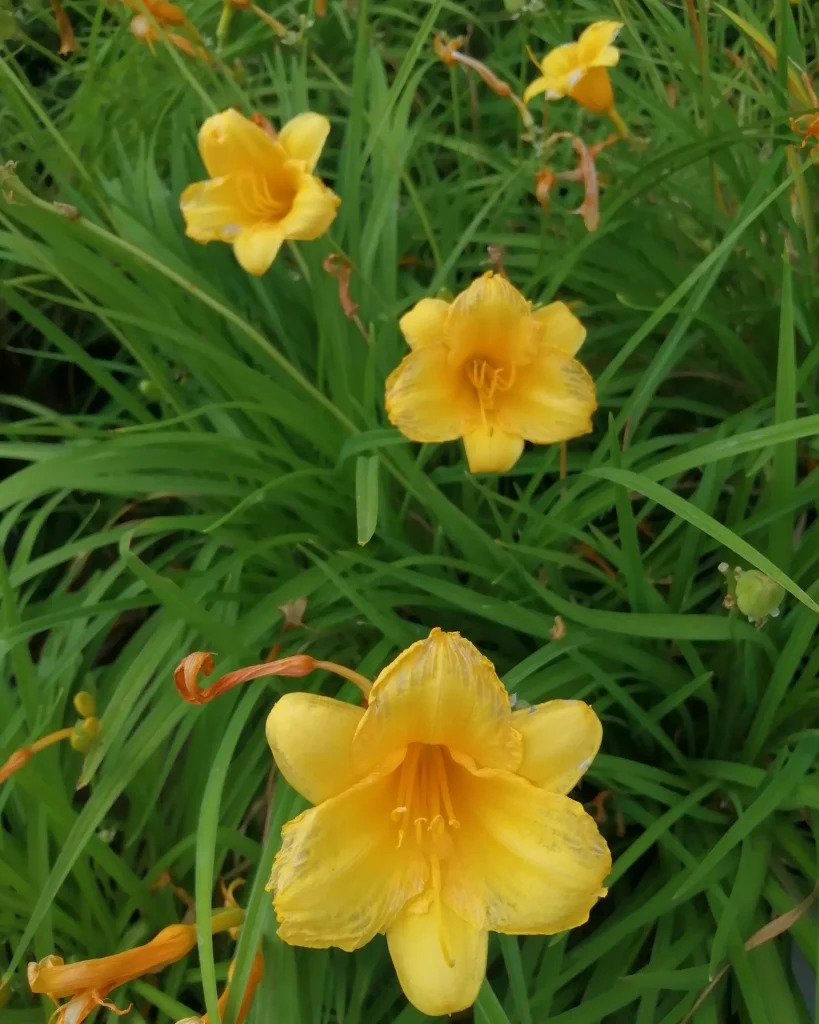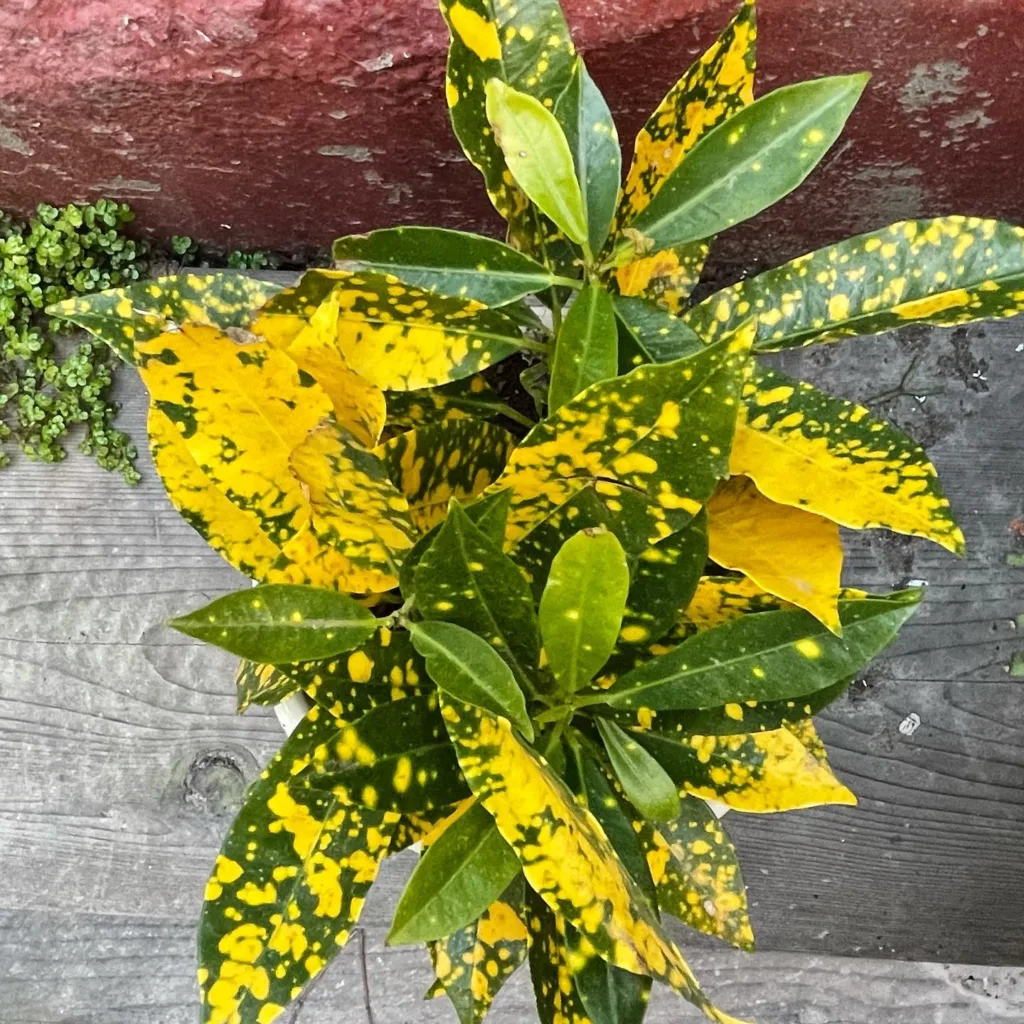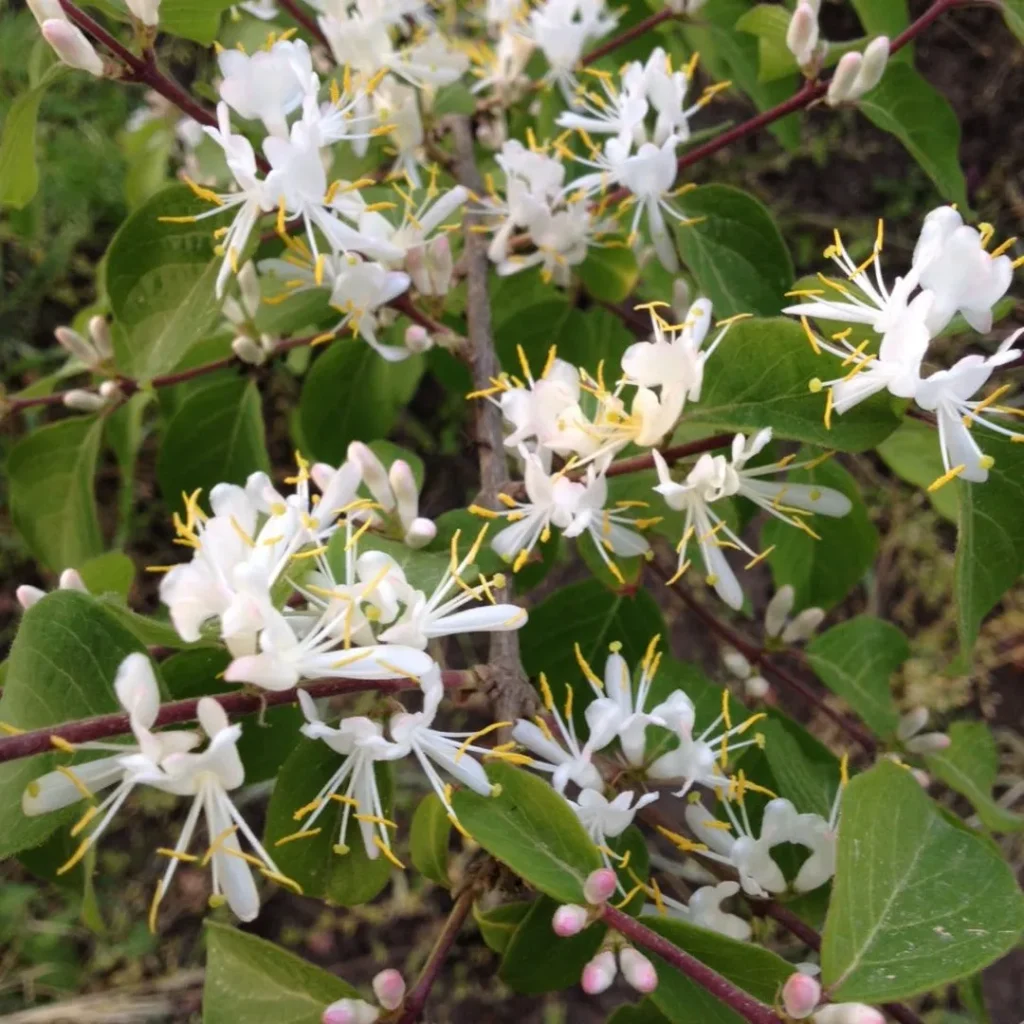The Curious Case of Pinguicula vulgaris: A Carnivorous Charmer
Hi, Ferb Vu here. Today, we’re delving into the fascinating world of Pinguicula vulgaris, also known as the Common Butterwort. This unassuming little plant packs a surprising punch – it’s carnivorous.
Those delicate-looking leaves? They’re nature’s flypaper. Let’s unravel the mysteries of this botanical wonder.
128 Species in Genus Pinguicula
What is Pinguicula vulgaris?
Pinguicula vulgaris is a perennial carnivorous plant belonging to the bladderwort family, Lentibulariaceae. It thrives in damp environments like bogs and swamps, often at higher elevations.
Imagine a miniature rosette of light green to yellowish-green leaves, typically ¾ to 2 inches long. The edges curl inwards, creating a shallow cup. These leaves are the secret weapon – covered in sticky hairs that trap unsuspecting insects.
The unsuspecting victim lands, gets stuck, and Pinguicula vulgaris goes to work. Enzymes secreted from the leaf surface slowly digest the insect, providing the plant with essential nutrients.
Think of it as a plant that supplements its diet with a protein shake! But unlike Venus Flytraps, Pinguicula vulgaris doesn’t have snapping jaws. It’s a slower, subtler form of carnivory.
Where Does Pinguicula vulgaris Live?
Pinguicula vulgaris has a circumboreal distribution, meaning it’s native to most of Europe, Russia, and even stretches of North America. In the US, you might find it in the northern reaches of the Great Lakes or New England, clinging to damp cliffs and rock faces.
This plant prefers cool, moist habitats. Unlike some tropical carnivorous plants, Pinguicula vulgaris can handle harsher conditions.
What Does Pinguicula vulgaris Look Like?
Imagine a delicate wildflower, about 3 to 16 centimeters tall. Pinguicula vulgaris boasts a single, solitary flower at the end of a slender stalk. The flower itself is a showstopper – typically a vibrant purple, though some varieties boast a white bloom.
The flower shape is quite unique – a funnel-like structure that adds to the plant’s charm.
While the flower is beautiful, the real intrigue lies in the leaves. Those glistening, sticky surfaces are a testament to Pinguicula vulgaris’s unique predatory strategy.
How Does Pinguicula vulgaris Catch Insects?
The magic lies in the sticky hairs that coat the leaves. These hairs, called glandular trichomes, produce a mucilage – a slimy substance that acts like flypaper.
An unsuspecting insect lands, gets entangled in the mucilage, and struggles in vain. Pinguicula vulgaris then secretes digestive enzymes that break down the insect’s body, releasing vital nutrients the plant can absorb.
It’s a fascinating adaptation that allows Pinguicula vulgaris to thrive in nutrient-poor environments.
Pinguicula vulgaris vs. Venus Flytrap: A Tale of Two Carnivores
Both Pinguicula vulgaris and the Venus Flytrap are carnivorous plants, but their hunting styles differ significantly.
Venus Flytraps are more aggressive. Their leaves have hinged lobes that snap shut when an insect triggers sensitive hairs on the inner surface. They engulf the prey whole and digest it within a sealed chamber.
Pinguicula vulgaris, on the other hand, is a passive predator. The insect gets stuck by the sticky hairs and doesn’t trigger a rapid closure. The plant slowly digests the prey through enzymes.
Think of Venus Flytrap as a bear trap, clamping down with force. Pinguicula vulgaris is more like flypaper, patiently waiting for its next meal.
Can I Grow Pinguicula vulgaris at Home?
Pinguicula vulgaris can be a challenging but rewarding houseplant. It thrives in cool, humid conditions with bright, indirect sunlight. Terrariums can be a good option as they provide a controlled environment.
Here are some key things to remember:
- Water: Use distilled or rainwater only. Pinguicula vulgaris is sensitive to mineral salts found in tap water. Water from the bottom to avoid getting water on the leaves.
- Soil: Use a well-draining, acidic potting mix specifically formulated for carnivorous plants.
- Feeding: While Pinguicula vulgaris can get some nutrients from insects it catches, you can supplement its diet with occasional bloodworms or mealworms.
Important Note: When handling Pinguicula vulgaris, avoid touching the sticky leaves as it can disrupt the mucilage production.
The Allure of Pinguicula vulgaris
Pinguicula vulgaris is more than just a carnivorous plant – it’s a conversation starter. Its unique predatory strategy and delicate beauty make it a fascinating addition to any plant collection.
If i die, water my plants!



